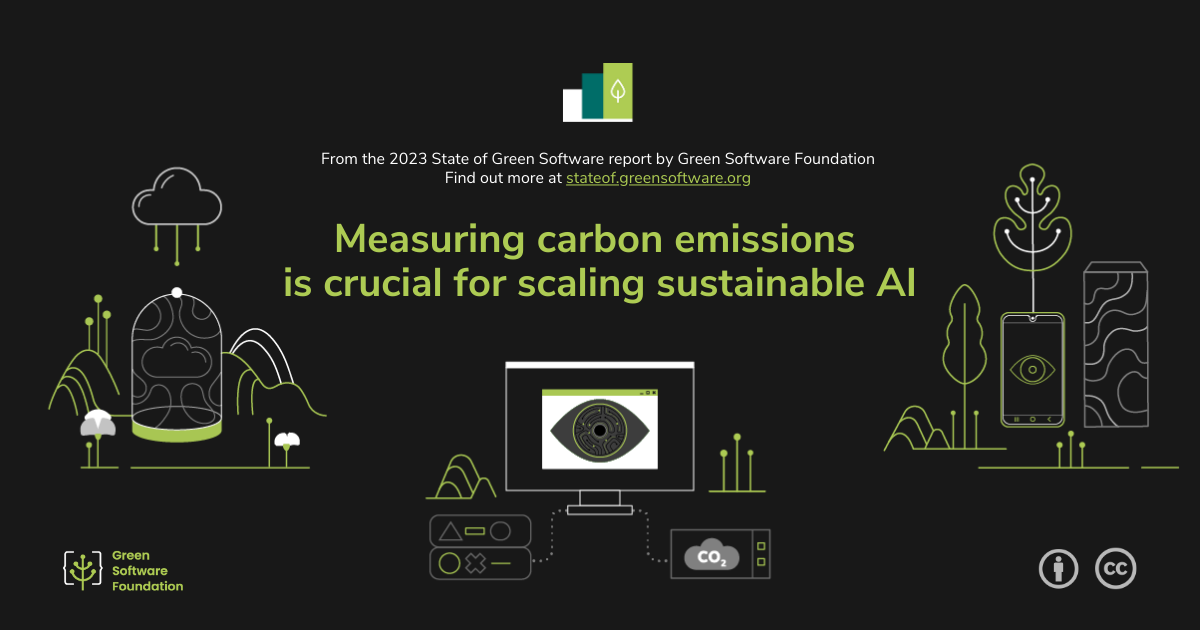Measuring carbon emissions is crucial for scaling sustainable AI
With the rise of generative AI, such as Google Bard and ChatGPT, researchers and policymakers are now focused on the carbon cost of training and deploying Large Language Model (LLM) AI. As Microsoft has recently done with Bing, integrating LLMs into search engines may multiply the emissions associated with each search by as much as five times.
Hugging Face has stated that calculating the carbon footprint of AI requires life cycle analysis, as most calculations take only development into account and not use. When Hugging Face analyzed the emissions from training BLOOM, their autoregressive LLM, they calculated 25 metric tons of carbon dioxide emissions. But that number was much higher when they included the emissions from manufacturing the computer equipment they used to train the model. Nature published research indicating that if a Google or Microsoft search engine were to apply generative AI at scale, its deployment and use cases in the real world could add to its emissions in a very significant way. Other researchers have put forth a methodology for measuring the carbon intensity of AI. It is common for major ML conferences like NeurIPS to ask participants to disclose the emissions connected to their work, meaning that reliable methods for measuring and reporting such data are required.
Our SOGS survey also highlighted the importance of thinking about how to measure and report the carbon emissions associated with AI. One respondent said, “I think there should be some way of tying in ESG and green software. Also, I just don’t think people get it yet. You know - that it’s a thing they need to think about. Making that connection to processing that mining data or training that AI model and the energy required just isn’t on people’s radar. We need more connections made between actions and energy.” Some ML technologists call for the development of green ML focused on efficiency, benchmarking tools, and carbon reporting.
